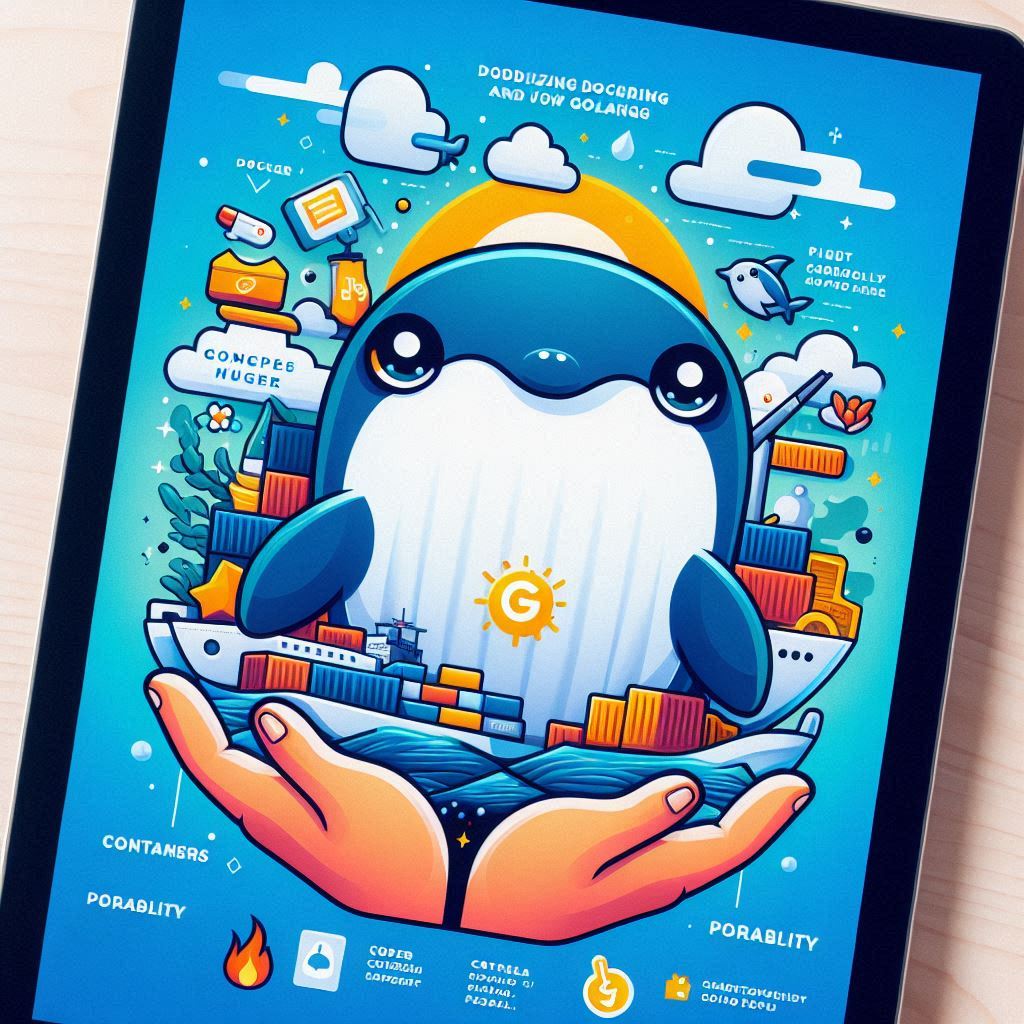In the world of modern software development, Docker has emerged as a revolutionary tool, streamlining the process of building, shipping, and running applications. When combined with GoLang, the result is a powerful synergy that can enhance the efficiency and portability of your projects. In this blog post, we will explore the ins and outs of Dockerizing your GoLang applications, from understanding the basics to deploying production-ready containers.
Understanding Docker and GoLang
Docker is a platform that enables developers to package their applications and dependencies into standardized units called containers. These containers can then be deployed consistently across different environments, ensuring that the application behaves the same regardless of where it runs.
GoLang, also known as Golang, is a statically typed, compiled programming language designed for building simple, reliable, and efficient software. It's become increasingly popular for building web servers, microservices, and other backend systems due to its speed, concurrency support, and extensive standard library.
Benefits of Dockerizing GoLang Applications
-
Consistent Development Environments: Docker ensures that all developers are working in the same environment, eliminating the "it works on my machine" problem.
-
Dependency Management: By packaging dependencies within the container, you eliminate potential conflicts and versioning issues.
-
Portability: Docker containers can run on any system that supports Docker, making it easy to deploy your GoLang applications across different platforms.
-
Scalability: Docker containers are lightweight and can be quickly scaled up or down to meet changing demands, making them ideal for microservices architectures.
Dockerizing Your GoLang Application: Step-by-Step Guide
1. Dockerfile Creation
The Dockerfile is a text document that contains all the commands a user could call on the command line to assemble an image. Here's a basic example for a GoLang application:
# Start with a base image containing GoLang runtime
FROM golang:latest
# Set the Current Working Directory inside the container
WORKDIR /app
# Copy go.mod and go.sum files to the working directory
COPY go.mod go.sum ./
# Download all dependencies. Dependencies will be cached if the go.mod and go.sum files are not changed
RUN go mod download
# Copy the source code from the current directory to the working Directory inside the container
COPY . .
# Build the Go app
RUN go build -o main .
# Command to run the executable
CMD ["./main"]2. Building the Docker Image
Once you have the Dockerfile ready, you can build the Docker image using the docker build command:
docker build -t my-golang-app .3. Running the Docker Container
After building the image, you can run the Docker container using the docker run command:
docker run -p 8080:8080 my-golang-appConclusion
Dockerizing your GoLang applications offers numerous benefits, including consistency, portability, and scalability. By following the steps outlined in this guide, you can seamlessly integrate Docker into your GoLang development workflow and take full advantage of its capabilities.
Whether you're building microservices, web servers, or any other type of application, Docker and GoLang make for a powerful combination that can help you deliver reliable and efficient software. So why wait? Start Dockerizing your GoLang applications today and experience the difference firsthand!
